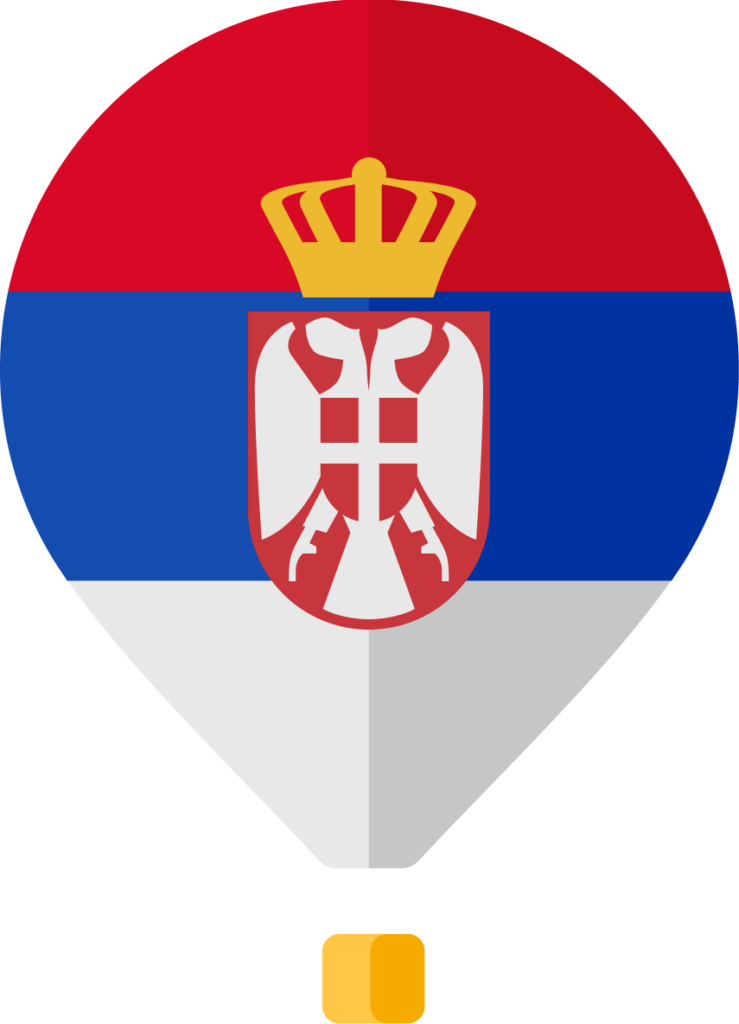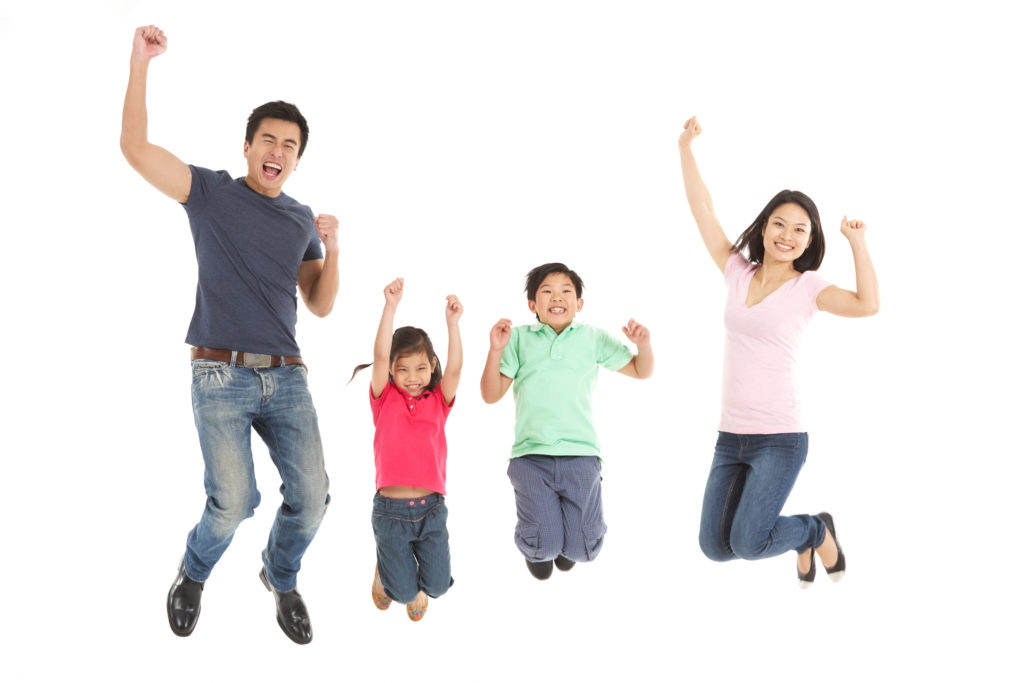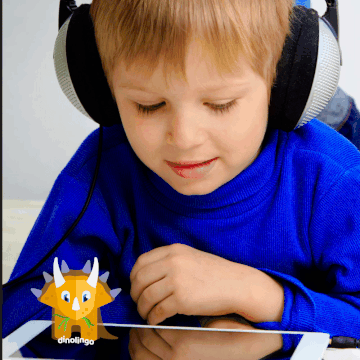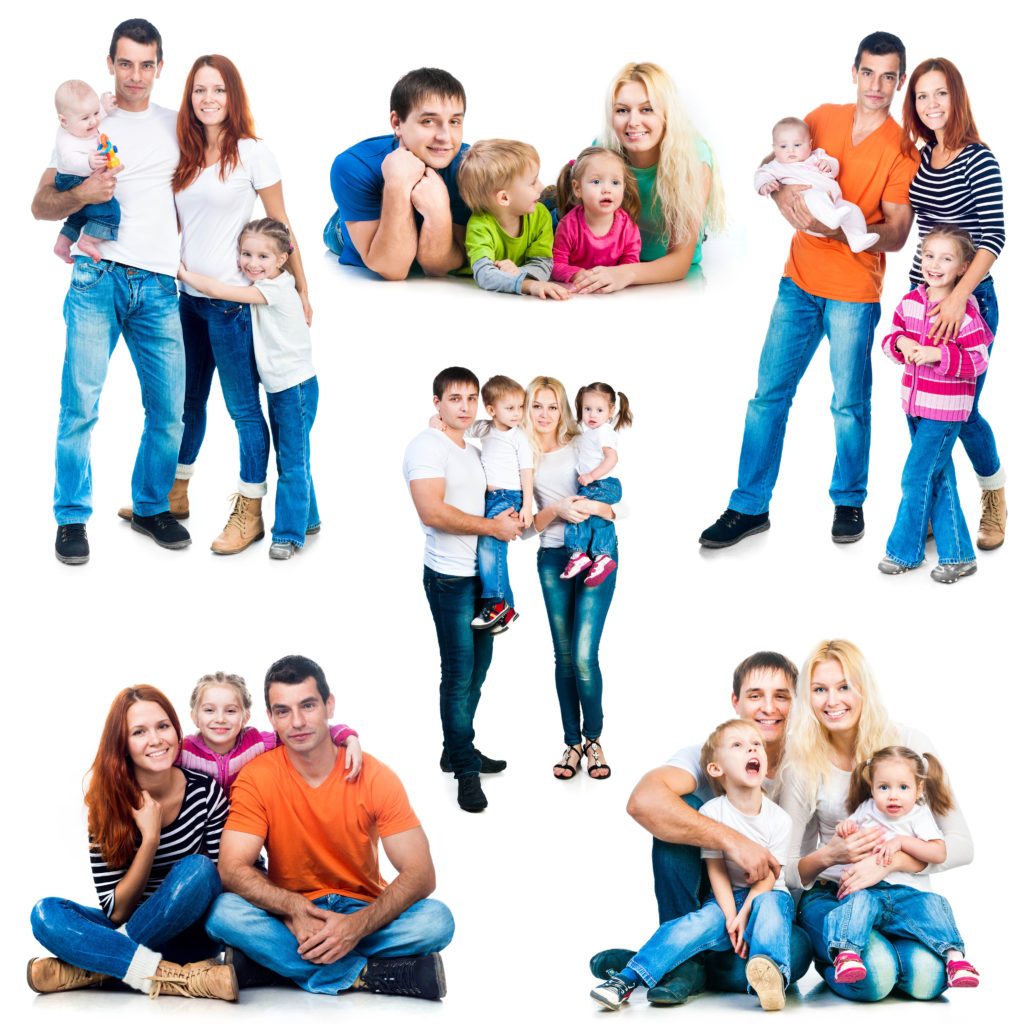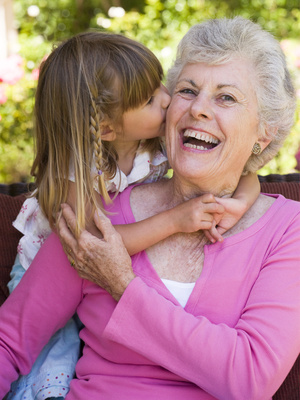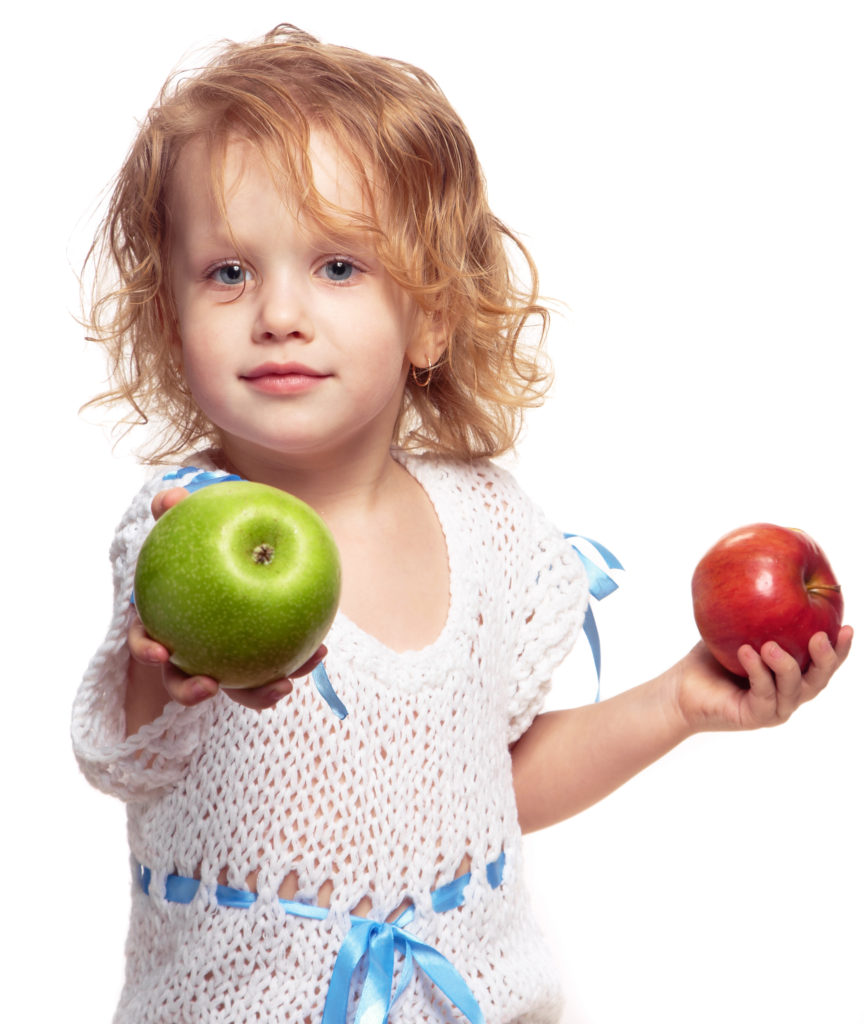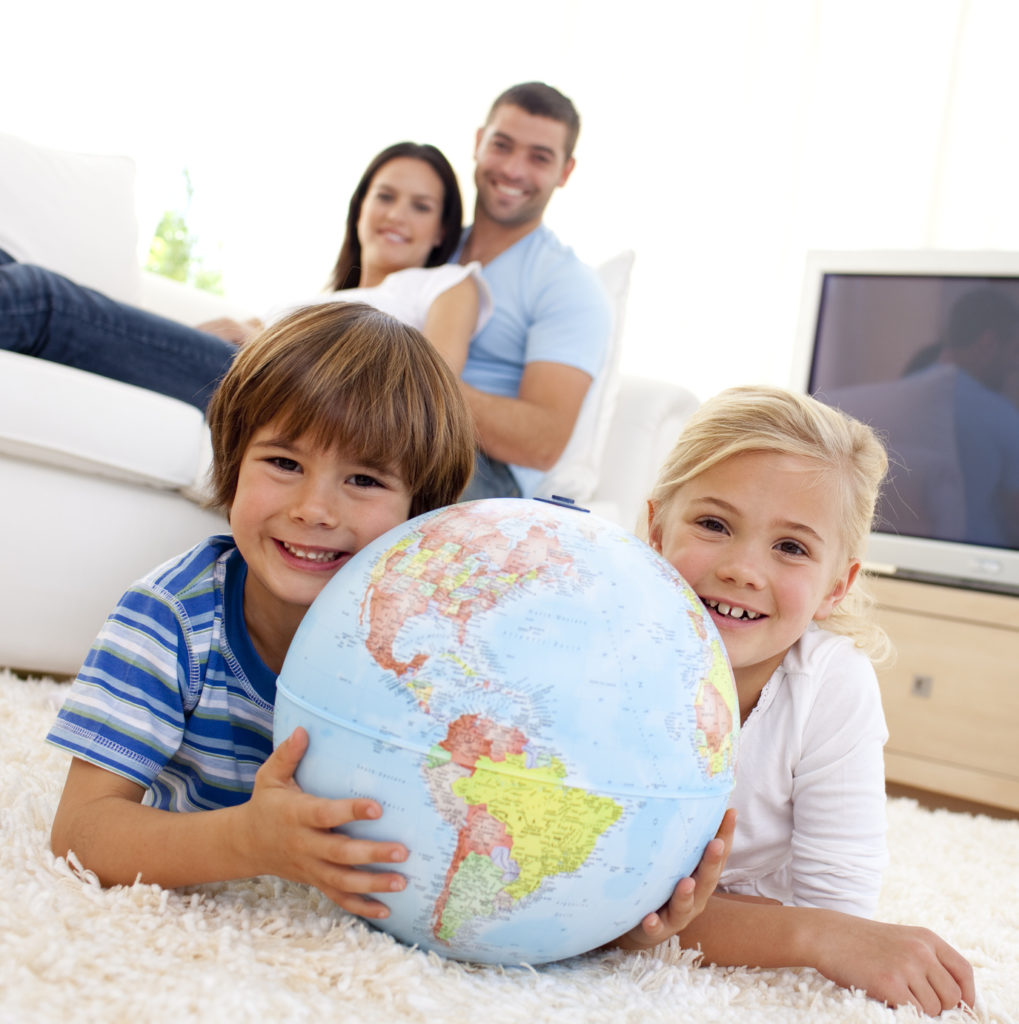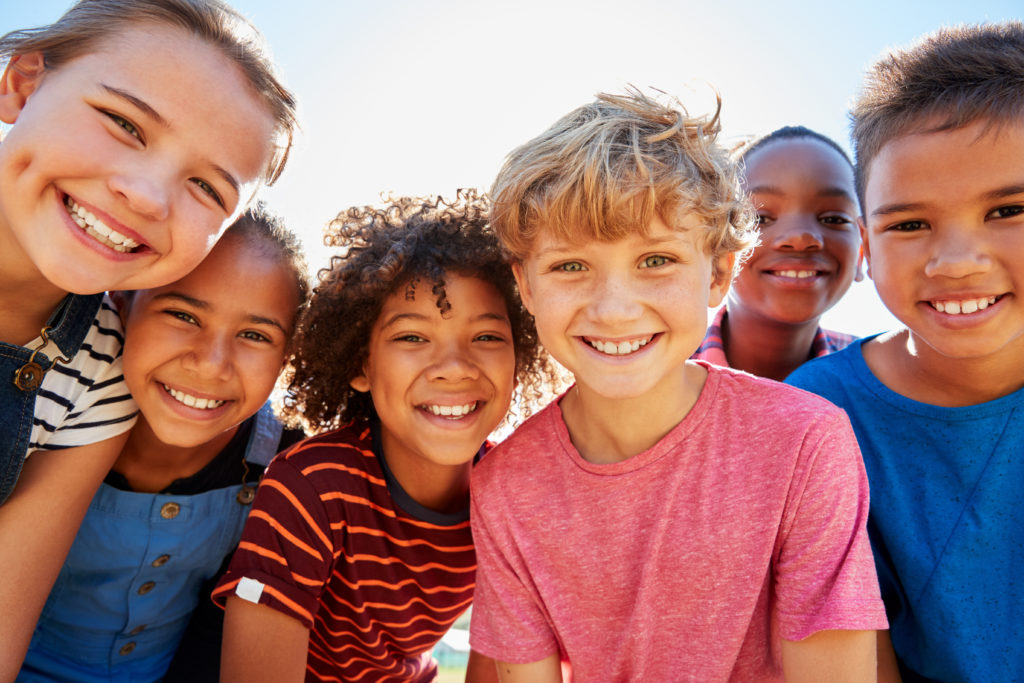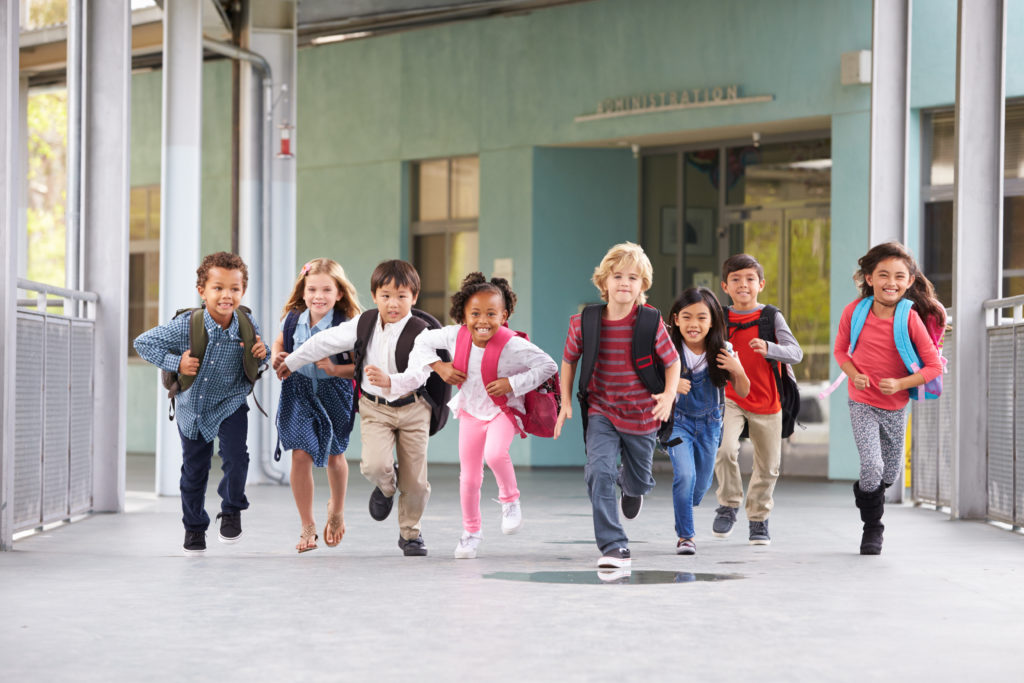Serbian Travel Destinations
Tourists enjoy the villages and mountains of this country. There are many mountain resorts and spas to visit. The larger cities like Belgrade, Novi Sad and Nis attract visitors. The rural areas are also highly visited as tourist love to see the volcanic wonder of Davolja varos or the many Serbian monasteries across the country. […]
Serbian Travel Destinations Read More »
